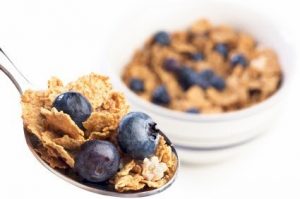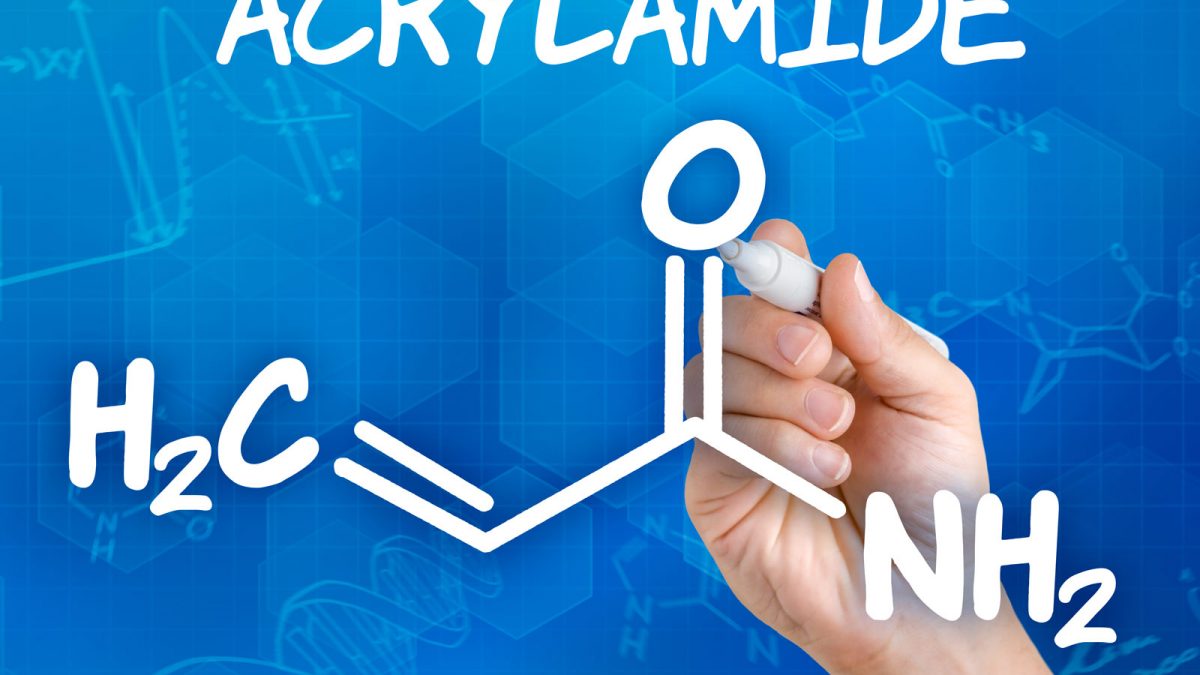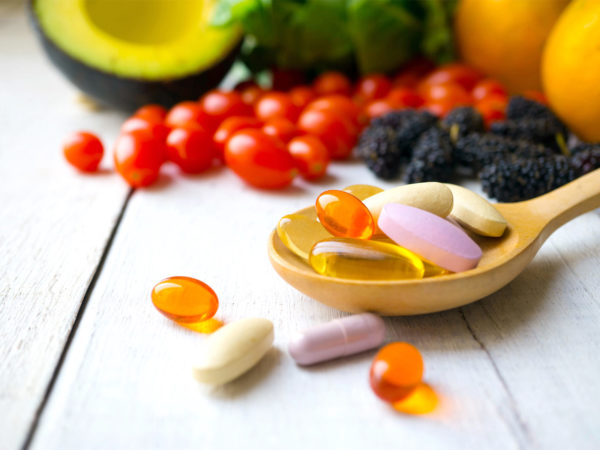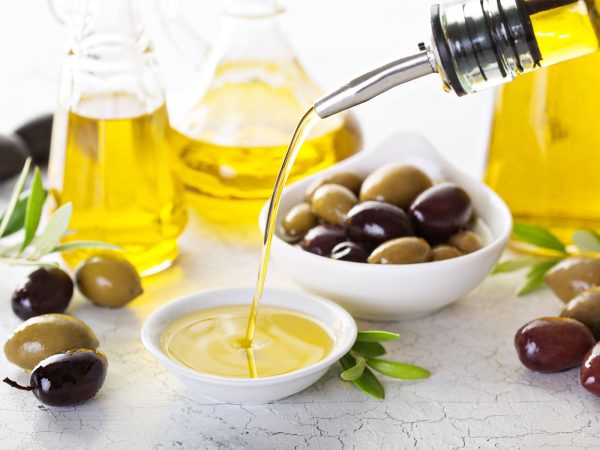Acrylamide in Foods (and 5 Ways to Protect Yourself)
A bowl of whole grain cereal… a piece of a wheat toast… and a cup of coffee.
That might sound like a typical carb-rich American breakfast. And you probably already know that a high-carbohydrate diet can add pounds to your middle. But research shows that these foods could also increase your risk of cancer, heart disease and Alzheimer’s.
That’s because they also contain a known toxin – called acrylamide – which is typically formed when high-carbohydrate foods are cooked at high temperature (fried, roasted or baked). In a moment, you’ll discover just how harmful this substance can be.
As the season of celebrations approaches, with more drinks and fast food temptations, it’s important to protect your health not only from acrylamide but also from other toxins like heavy metals. If you’re looking for a way to support your health during this time, be prepared with something like this.
Acrylamide in Foods: Top 20 Offenders

And you might be surprised at just how prevalent it is. In fact, the Food and Drug Administration recently published its latest research on the acrylamide content of common foods. Here are those that topped the list:
- French Fries (made in restaurants)
- French Fries (oven baked)
- Potato Chips
- Breakfast Cereals
- Cookies
- Brewed Coffee
- Toast
- Pies and Cakes
- Crackers
- Soft Bread
- Chile con Carne
- Corn Snacks
- Popcorn
- Pretzels
- Pizza
- Burrito/Tostada
- Peanut Butter
- Breaded Chicken
- Bagels
- Soup Mix
You might be curious how coffee got on the list, since the drink itself doesn’t have any carbohydrates. The acrylamide is formed when the beans are roasted at high temperature.
So just how serious is acrylamide exposure?
In 2005, the UN Food and Agriculture Organization (FAO) and the World Health Organization (WHO) warned that acrylamide in foods may be of public health concern and further noted that acrylamide “may be responsible for up to one third of all cancers cause by diet”.
Acrylamide: A Triple Threat To Your Health
Researchers believe acrylamide causes damage in three ways:
- It reduces the body’s production of phase 2 enzymes which detoxify toxins and disarm carcinogens. This includes glutathione, your body’s most important antioxidant and detoxifier.
- Acrylamide also affects the endocrine system, altering your delicate balance of hormones. Over time this can lead to cellular mutations and dysfunction.
- It acts as a genotoxic, neurotoxic and cytotoxic agent, directly damaging genes, neurons and cells.
Acrylamide Promotes Heart Disease, Cancer and Alzheimer’s
In a moment, I’ll show you six ways to protect your health and guard against this harmful compound. But first, here are some of the potential risks of acrylamide exposure:
- Doubles Ovarian Cancer Risk: A study published in the journal Cancer Epidemiology found that women who ate one portion of chips per day (40 mcg acrylamide) had twice the risk of developing ovarian and endometrial cancer as women who ate less.
- Promotes Neurological Damage: Studies have linked high levels of acrylamide to neurological damage in humans. According to neurotoxicologists at Albert Einstein College of Medicine in New York, acrylamide is structurally similar to acrolein, a chemical found in high levels in the brains of those with Alzheimer’s and other neurodegenerative diseases.
- Increases Kidney Cancer Risk 59%: The Netherlands Cohort Study which included more than 12,000 participants found that after 13 years, those with the highest levels of acrylamide in the diet experienced a 59% higher risk of renal cell carcinoma than those with the lowest. What’s more, every 10 mcg increase appeared to increase the risk of kidney cancer by 10%.
- Oxidizes Cholesterol, Increases Inflammation: A study published in the American Journal of Clinical Nutrition found that acrylamide caused an increase in oxidized low-density lipoprotein (LDL) cholesterol levels and the inflammatory markers linked with heart disease.
- Increases Breast Cancer Risk Up to 47%: A study published in the journal Breast Cancer Research and Treatment found that women with the highest intake of acrylamide were up to 47% more likely to develop breast cancer, compared to women who consumed the least or no acrylamide. (Learn 10 ways to reduce your risk of breast cancer here)
Protect Yourself from Acrylamide – 5 Easy Ways
The good news is that if you’re already following a healthy, low-glycemic lifestyle, you’re doing a great deal to reduce your exposure to acrylamide. Here are a few more tips and reminders:
- Forgo the Fries, Pass the Pretzels, and Skip the Chips: Of course, you probably already know that these foods won’t help your waistline. But the risks of acrylamide are another reason to say no to these high-carb, empty calorie foods.

Drinking tea (and red wine too!) has been found to combat acrlyamide. - Refrain from Grains: Pastries and sweet biscuits, breads, rolls and toast, as well as snack bars and other processed grain-based products contain acrylamide. If you choose to enjoy organic, sprouting grain toast, only lightly toast.
- Go Light on the Java: If you follow an otherwise healthy, high anti-oxidant diet, a couple cups of coffee each day should pose little risk. But do note that acrylamide can be present, so don’t overdo it.
- Beware of the Tap: Believe it or not, acrylamide is actually added to public water supplies as a coagulant to clarify the water. The amount in drinking water is small (just a tiny fraction of what can be found in fast food French fries). Still, it’s best to drink spring water or opt for filtered tap water.
- Supply the Antidote: Recent research published in the Journal of Agriculture and Food Chemistry found that several nutrients guard against the damaging effects of acrylamide– including those in tea (polyphenols), red wine (resveratrol) and garlic (diallyl trisulfide).
Because of their negative effect on blood sugar and storage of body fat, you should already avoid a carbohydrate-rich diet – particularly those that are baked, roasted and fried. Focus on whole, fresh, unprocessed foods and leave the other stuff on the shelf.
You’ll guard against acrylamide, and reduce your risk for chronic disease to boot.




HOW ABOUT DEALING WITH OXYLATES AND ACRYLAMIDES FOR A HOME RUN BY USING APPLES MORE CREATIVELY INSTEAD OF PIES,AND SWEET STUFF
Way to go, Dennis. And apples can also be enjoyed, and made softer for people with tooth problems, by baking them a short amount of time in the microwave and then for added taste sprinkle with cinnamon.